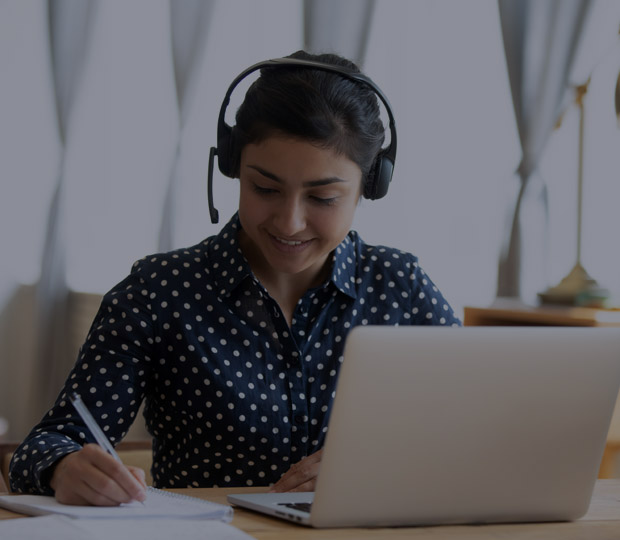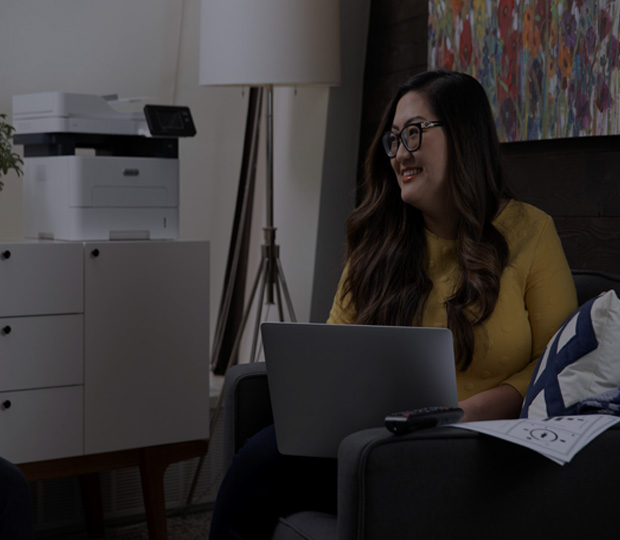ISDN Switch Off
Read more

Publish date: 15.06.20
The impact from COVID-19 is not just felt in how we live today, and how we adapt for tomorrow, but from today’s news it also shows how far reaching the financial impact is likely to be. One thing is sure – finding the path to safeguarding staff, customers, pupils and visitors whilst restoring back ‘normal’ confidence has now become an urgent necessity. Current COVID-19 statistics show there is a clear East-West divide in how the Pandemic has been handled and controlled. Since the 2002 SARS – COV Pandemic (Severe Acute Respiratory Syndrome) and more latterly 2012 MERS – COV (Middle East Respiratory Syndrome), lessons have been learned by Eastern nations most effected. With COVID-19 they reacted fast; quick lockdown, deployed face masks, adopted thermal screening at airports & transport hubs and much wider, implemented testing, and closed inbound and outbound human traffic.
Today the macro statistics tell a story. Now, as those nations re open their Economies (e.g. New Zealand Super 12 Rugby starts with crowds on 13th June), those who held back on more comprehensive and clear action for whatever reason are now seeing the long-term impact. This week the OECD forecast predicted an 11.5% UK GDP fall in 2020 – the largest of any major economy in the world. Ireland would fall by 6.75%. The impact of a second wave would increase this substantially.
In the corridors of Power, the debates are raging about how to balance the risks of a second wave versus the imperative to get a return to work and school. The UK and Ireland are caught in a catch-22 situation of potential no-win scenario, and the Politicians are trying to balance Public demands for safety versus more Economic cost. Rush back to work and school and risk an increase in the R factor or hold back and slide deeper into a financial crisis? Decision paralysis is rife, and direction is hazy.
It is clear other nations have been more successful in handling the COVID-19 crisis from both a health an economic perspective – the macro statistics are stark. Irrespective of today’s Political commentary and justifications history will show that actions taken elsewhere have been more effective for lives and Economies than at home. So perhaps with this in mind we should examine sooner rather than later what those nations have done. It is clear that we most certainly haven’t achieved the optimum outcome so far.
As an example, across the East in almost every transport hub in every country thermal screening has been in place for many months. In China and South Korea school children are thermally screened as part of a series of steps to ensure they minimise risks as they go back to school. In India the Ministry of Health and Family Welfare has issued Standard Operating Procedures in shopping malls to thermally screen footfall and the SOP is in place for restaurants and hotels. Chinese Police officers even have AI helmets with thermal screening cameras and head up display visors to check elevated temperatures in crowds. Just like face mask wearing, this has become an accepted standard in the East. We, however, are trailing far behind.
Only a few weeks ago, well into the current Pandemic peak we were not screening arrivals at airports, and we were accepting large numbers of travellers into the UK at the height of “lockdown”. Today things are changing. Thermal screening is now making appearances on TV – like The One Show on BBC on 9th June 2020 where the astronaut Tim Peak demonstrates thermal screening; in the last two weeks on “Inside The Factory” Greg Wallace shows how both Walkers Crisps and Heinz have added this process for their factory workers. Rugby Clubs like Wasps have just announced that their players are being screened at the training ground, and ITV and BBC have staff and presenter screening. We see thermal screening at airports now like Heathrow and Bournemouth, and ports like Portsmouth. And more and more businesses, cultural centres and educators are now either deploying or discussing this.
Is it a Silver Bullet? No. Then again, nothing but a vaccine will be. So, what does it deliver? How about confidence? It checks for elevated temperatures in crowds without contact. And flags them. It helps screen those with temperatures – symptoms of many illnesses. As part of a series of measures designed to narrow down risks, including social distancing, sanitation and partitions it shows anyone coming in that you are doing everything in your power to rebuild trust and confidence that you have left no stone unturned. If your workplace or school was screening at entry points what is the positive psychology of this? What would it mean for visitors or customers? Would they feel more comfortable coming in? Where footfall or attendance is key, we have already seen the enormous debates about safety versus practicality. As a sensible and visible measure being put in place, this encourages a return to work/school. It also creates self-awareness. People are unlikely to travel to a location if they feel unwell and be turned away at the door if they know they will be temperature screened before entering. What would you do before going on that journey? How about checking your own temperature before departing? This residual effect alone could prevent those carrying viruses from entering our Public Transport systems or other densely packed areas. How often do you check your temperature today if you are feeling unwell? Health self-awareness is low. We tend to shrug or brush it off, stiff upper lip and out we go. This single small change in the future could create a big positive boon for our health care system and reduce disease transmission / days lost overall through sickness without even realising it. One person isolating rather than many being infected exponentially.
In the event of a second wave it also provides another layer of protection for businesses who can ill afford more closures. We have seen schools needing to close and deep clean due to cases of COVID-19 (deep cleans can cost £3,000), and through track and trace many people told to isolate for 14 days. And if for some reason a business or institution has the negative publicity of a COVID-19 case once re opened, what is the brand damage caused and loss of future earnings and business. Let alone the human risks to health.
Last week the Times ran an article taking about the Office of the Near Future – it talked about the norm of how this tech will work for us including facial recognition door entry and temperature screening. This is normal, everyday tech for the East and part of the way of life.
Perhaps one day we will look back to these times and scratch our heads about how things used to be. When we thought it was OK to sit next to someone with a fever, flu, a cough or worse in the office despite it spreading through the workforce. How would your staff react right now to someone coughing next to them in a closed environment? Up until recently it was normal to cram into a packed tube train – would you now? Before 31 January 1983 people in the UK didn’t wear seat belts. It wasn’t law. Now you wouldn’t ever think twice about it. People used to smoke not only in Underground trains, but planes as well, restaurants, pubs and offices. Now it is totally unacceptable. So, as our environment becomes more hazardous around a Pandemic that has changed society, being health aware, screening for elevated temperatures, and checking our own temperatures at home more often perhaps might be the de facto accepted process we live with and expect in the future. This is an opportunity to advance and make changes for the better. A positive from this awful period of history. We should grasp this and try and give ourselves a healthier, brighter legacy. A small positive we create from the lessons learned.

